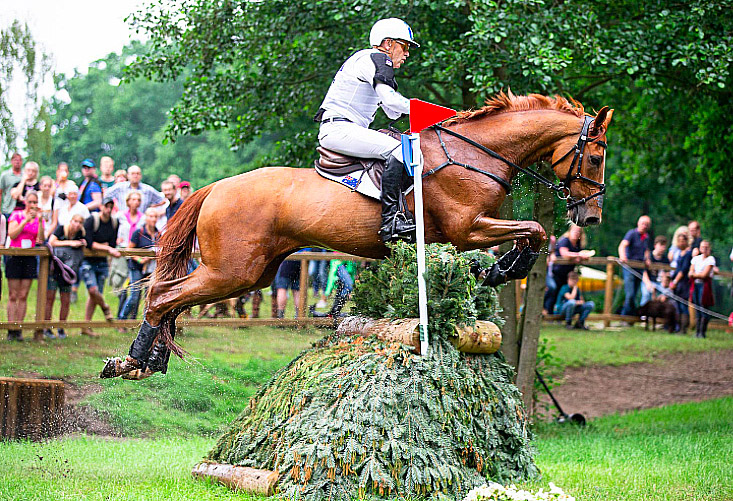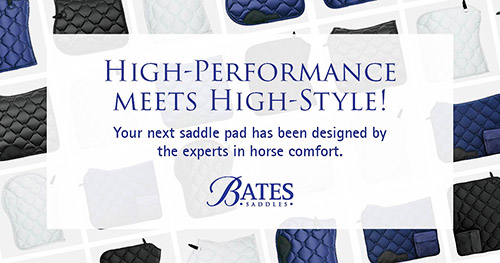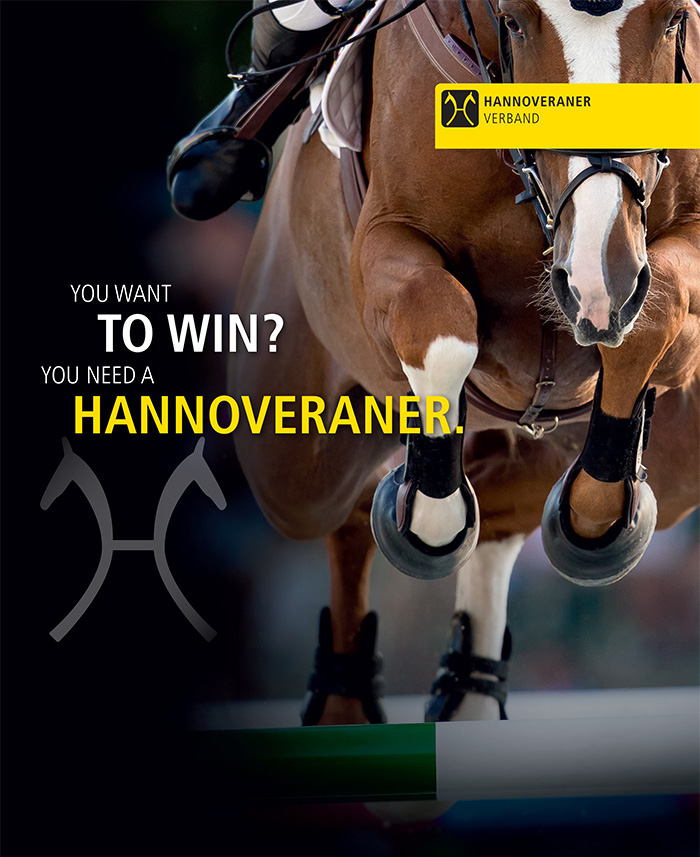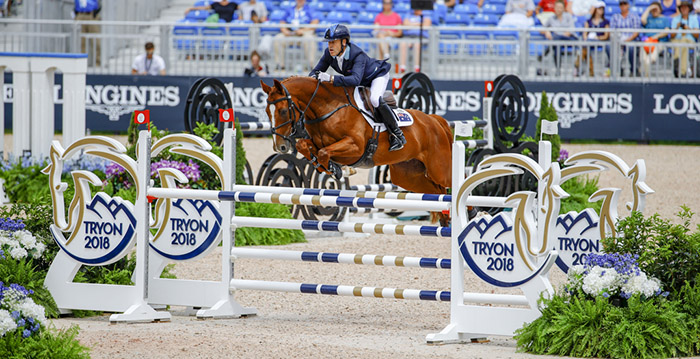Andrew Hoy’s success is not just based on superior horse flesh, it is built on careful – some might say, obsessive – attention to detail. Sit back and you will find Andrew is not just a great competitor, he is an exceptional teacher…
Andrew and Vassily, his latest champion
Story by Christopher Hector & photos by Roslyn Neave and Digishots FEI File
Andrew Hoy teaches how he rides: cool, calm, professional. And he expects his pupils to concentrate, even if the task is as simple as a single pole on the ground, in fact, particularly if the task is as simple as a pole, because it is doing those little things perfectly that adds up to success, or as Andrew stresses to his students, ‘if I improve ten things by one percent that’s a 10% increase. Andrew also practices what he preaches, explaining to his students that he might go over 2000 poles in a day, schooling his horses at home.
Really Andrew, two thousand poles?
“Well yes, let me put it into perspective – I’ve got some poles at home that I trot over, I don’t just trot over them once with each horse, I have them on a circle, and I would trot five times to the right, five times to the left, five times to the right, five times to the left, I keep on changing direction. A horse can very easily end up trotting over 500 poles in a session. Then if I am doing some jumping, I have just a single pole that I canter over to warm up and get the feeling of riding forward in a nice rhythm. When you say to someone, you could easily ride over 2000 poles in a day, they think that’s just not possible, but in actual fact, it is very possible and a very easy way of working your horse without being extreme.”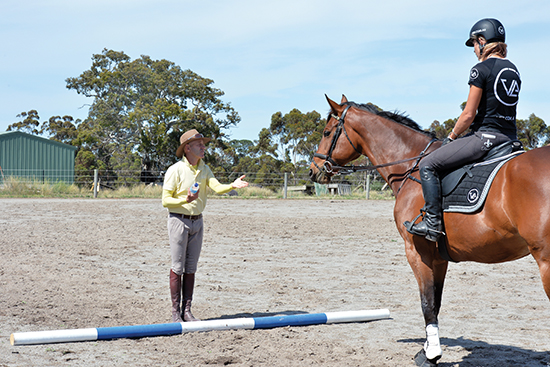
Each pole is a practice jump?
“Absolutely, two thousand jumps, but they are not very high. I also have the poles off the ground a little, not just lying on the ground. I get really upset if I have a horse stand on a pole or hit a pole because I am obviously not focused enough and not riding the horse to a nice enough place in front of the pole. Riding to a pole is all about riding a rhythm, it is not just about riding a distance. That’s what I have been trying to work on with the people I have been helping – it’s all about the rhythm. If you have a quality canter, you can then have a quality jump.”
more follows
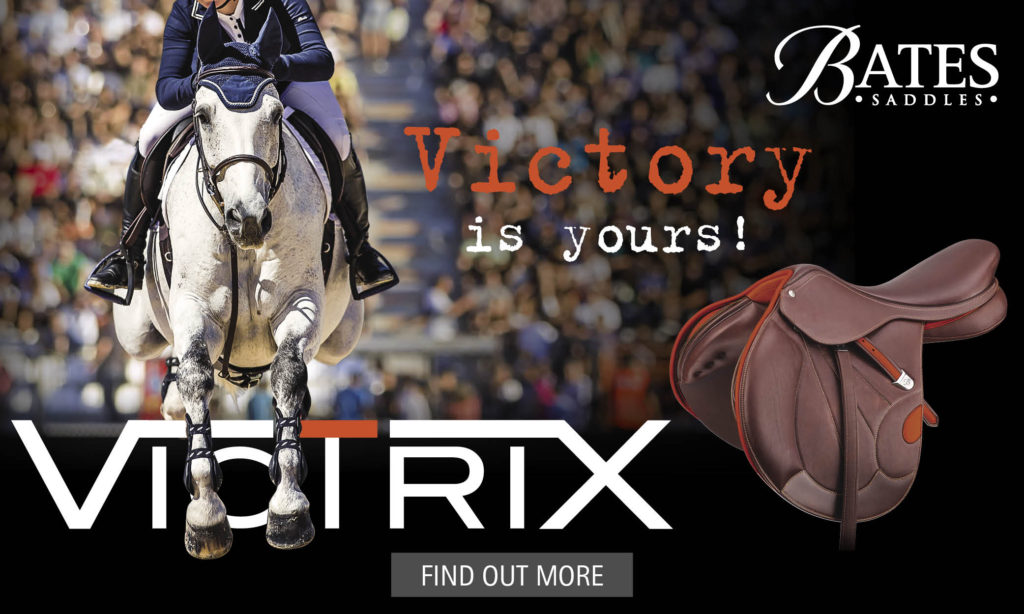
You had the students counting out out loud…
“Sure you don’t go into a competition counting out loud, but I find when I get students to count aloud, after 20 they have to start at 1 again or there are too many syllables, it helps me understand whether, number one, they are breathing, number two, whether they are counting the rhythm of the horse, and once they can count the rhythm of the horse, they can feel if the pole, or the jump, is going to come up correctly.”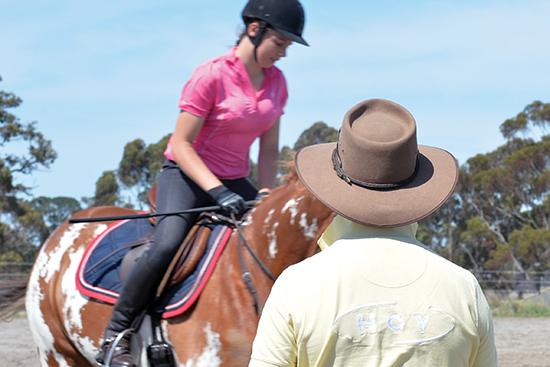
We are always told keep your eyes up, look to the next fence, and you had your students looking down at the pole…
“If I asked them to get off their horse and run over the pole, they would say they had to look at the pole or fall over. With the horse, what are we trying to do? We are trying to ride the rhythm of the canter, or the rhythm of the trot, to the pole, so the pole comes in the middle of the stride. If you don’t look at it, you cannot feel your rhythm to that pole. It is exactly the same as if you go to walk down the stairs, you have to look at each step or else you fall down the stairs.”
“It is a worldwide thing, riders are told don’t look at the pole or the jump, look beyond it. But no person can ride a rhythm to a fence if they are not looking at it. You have to be focused on it. You’ll see it in the collecting ring, top riders cantering to a practice fence and they are so focused that if you stood in front of them, their eyes would go straight through you. What they are doing is feeling the rhythm of the canter to the fence – if you can create a quality canter with a quality rhythm to the fence, you can then expect a quality jump…”
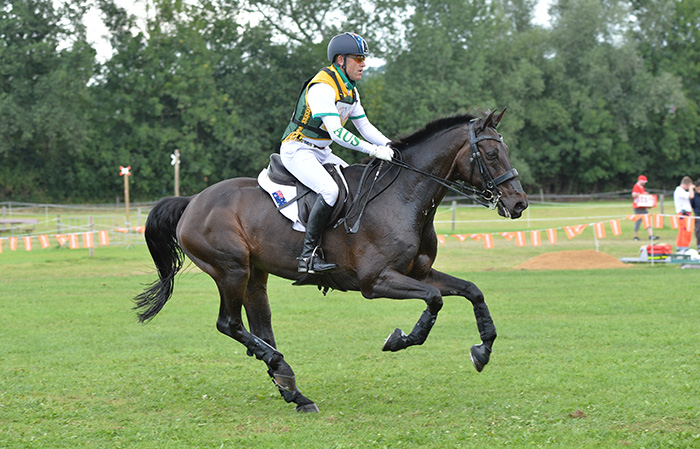
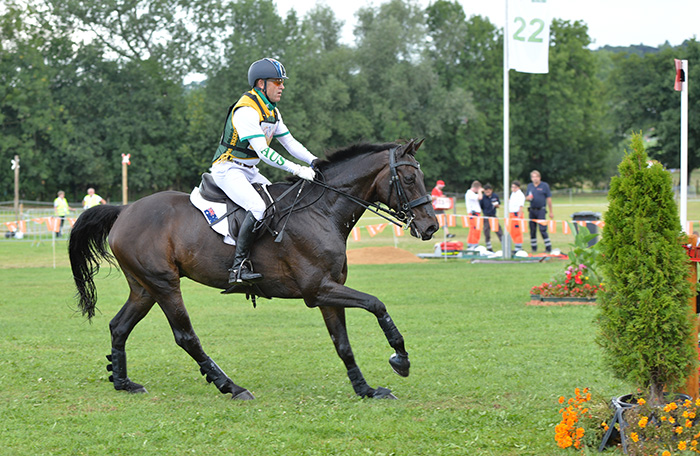
“If you can create a quality canter with a quality rhythm to the fence, you can then expect a quality jump…”
And this was the ‘secret trick’ you learned when you went to spend some time working with Paul Schockemöhle…
“Yes. I was really lucky when I took six horses to Paul Schockemöhle’s for five days. People asked later, what trick did Paul Schockemöhle teach you – actually a really good trick you can’t have a quality jump if you don’t have a quality canter. Really really simple but that was basically all we worked on for the five days – once you have that established, you can then try and help the horse with its technique. Some horses need a rail in front, like a big open ground line, others are very comfortable with a ground line directly underneath the fence, others go better with a pole one stride in front of the fence and one after, but if you can’t create the same canter so you come to the same place every time, there is no consistency. Once you get consistency, you can then work on the technique.”
You took six there, how many did you take home?
“Six, Paul didn’t want to buy any of them…”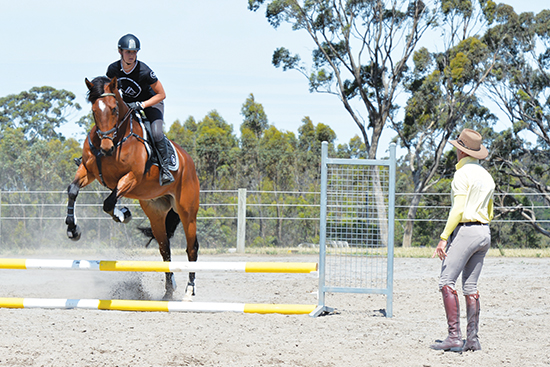
It was interesting when you were trying to help your students get that consistent canter, working on the circle and getting them to open their hands wide…
“What I’ve seen is that many riders when they want to turn right or left, they take back with the inside rein. Think about the logic of it, when we break a horse in, when we first work with it, if you take back, you teach the horse that means slow down. If you take back with one hand, the horse is wondering if it is supposed to slow down, whereas if you open your inside hand as you circle to the fence, you are actually guiding the nose around towards the fence and saying this is where I want you to go – rather than just pulling the horse’s nose under.”
story continues after the advertisement
But we are told round round round, you’ve got to get your horse round so it can come through the back, and you are telling your riders to get the horse’s head up, get them looking where they are going…
“There has to be a balance. First of all, the horse has to be through in the way it works, so you do have be able to have the hindquarters engaged so you can have a quality canter, but then I see riders and they have a running martingale, and they are pulling the horse’s head down, and that makes it so much harder for the horse. If you look at the Grand Prix of Aachen where the jumps are huge, so many times the horse’s head looks way too high, but the horse can’t be low with its head carriage and jump a big fence. It has to be able to gallop. A horse cannot gallop in the Melbourne Cup with its head down, it has to have its head out and it’s nose forward, so it is in its own balance. A horse carries 71% of its bodyweight on its front legs, and you see riders with their horse’s head really low and the hindquarters out behind, whereas if they would allow the horse’s head to come up, then like a pendulum, it would allow the hindquarters to come in, underneath.”
“But do I warm my horses up round?
Yes. If I am warming up for the dressage or the jumping, I allow the horse to be round in its outline so it really stretches and warms all the muscles, and that makes the horse elastic. Then when I go into the competition arena, if the horse needs his head up to jump, I allow him to run with his head up. There’s two horses out of the ones I am riding now, that I ride with a running martingale, but it is very long and only comes into action if the horse takes its head to an extreme situation.”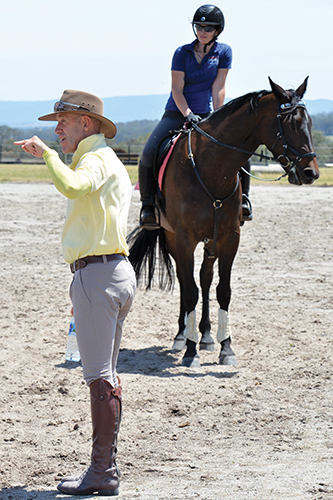
Lots of what you were doing today was trying to develop ‘feel’ in the riders – but is that really possible, to teach feel?
“Feel is something I cannot teach – feel is something you obtain. What I can do with riders who want help is give them tools to work with, techniques to work with, but the rider has to take the responsibility – if the horse is pressing more on one hand than the other, they have to work out, why is that happening? Feel is the most important thing for the rider, we have to be able to feel what the horse is doing through our legs, our seat, our hands, and through our eyes. You have to feel and respond. If you take the reins to stop, and the horse stops, and you keep pulling, then you confuse your horse. The rider must release in the downward transition, and that is where it is so important that riders think about what they are doing, what they are feeling in their hands, what they are feeling in their legs, what they feel through their seat – and then they have to act on that. The execution of what they feel is the next step forward.”
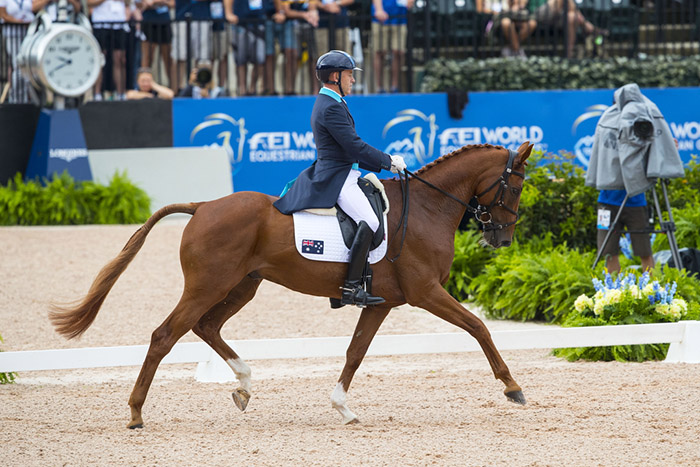
Can an eventing rider get too much tuition? I think about the American scene where it is coaching coaching and more coaching, and yet they have to steal Australians to make up an eventing team… Is there a balance between letting the rider learn for himself – and getting the right amount of input?
“Yes. I don’t think you can have someone on the ground too much, as long as you as a rider still take responsibility, and are not always turning to someone else, asking, what do you think? It has to be a two-way communication – you can’t be like a puppy dog on a lead following someone because your coach never goes into the competition arena with you. You are responsible for what happens, and you have to react to what you feel in the competition situation. A rider takes responsibility for how the horse goes, and they take responsibility for their thought processes because we don’t go into the competition arena with an ear piece and the coach telling us what to do, all the time.”
next Andrew talks about coaches
Who have been the coaches who have made a difference to your life?
“Probably the one I spent the most time with when I went to Europe was Mark Phillips, when I was working with Mark Phillips and the Princess Royal. If I think back to my early days in Australia, I went to Franz Mairinger, one of Australia’s greatest dressage coaches, and greatest horsemen. Elsewhere, I am always fascinated to talk with George Morris, to be taught by him. He is just the ultimate technician. George has a wealth of knowledge and he is very good at giving that information, but you have to be a certain kind of person to work with George, you have to like attention to detail because if you don’t you could become very upset after George becomes very upset!”
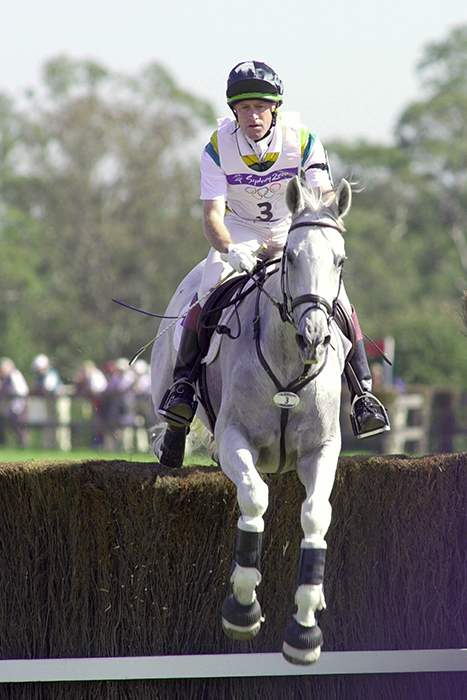
Andrew Hoy and the great Darien Powers – and yes, once upon a time, eventing included a steeplechase track…
Do you still look for coaching help?
“Without doubt. For me it is so important to have eyes on the ground, eyes on the ground to say this is what I am seeing and I can say this is what I am feeling and between us, we find the best way forward.”
“There is no tennis player who goes to the Australian Open without a coach. And it is not about re-inventing the wheel, it is about having someone say to you, I saw you play four shots that way, and that actually didn’t work, why don’t you try something. It is about improving ten things, one percent, then you have improved 10%.”
For more articles with Andrew Hoy, go here:
Breeding jumping horses? Go to www.ihb.com.au and see the range of new European stallions available for the coming season
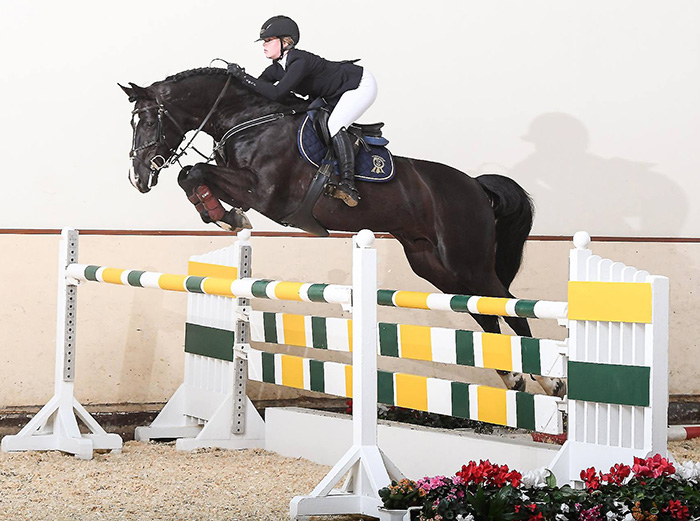
Like Baloutaire…




